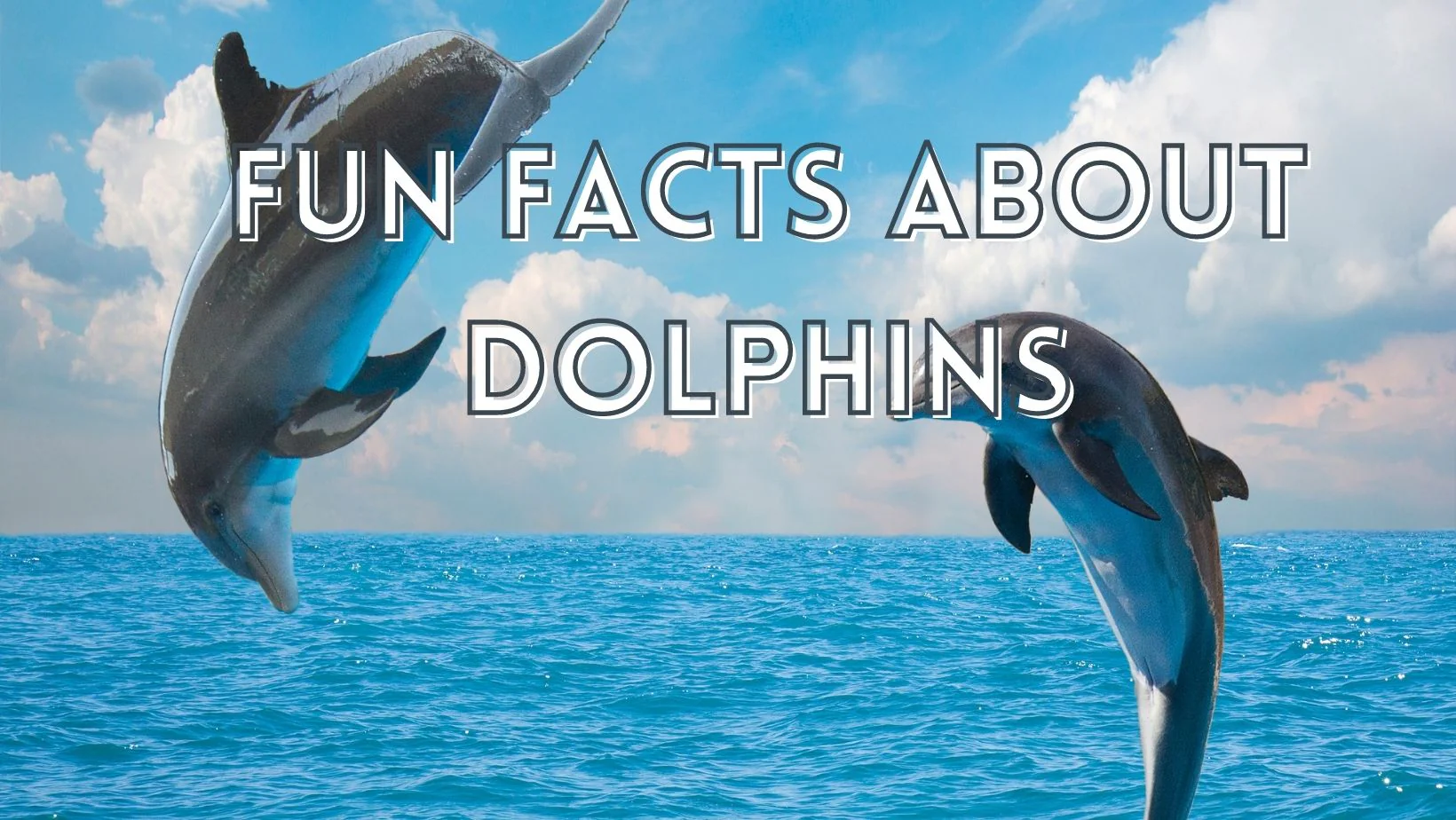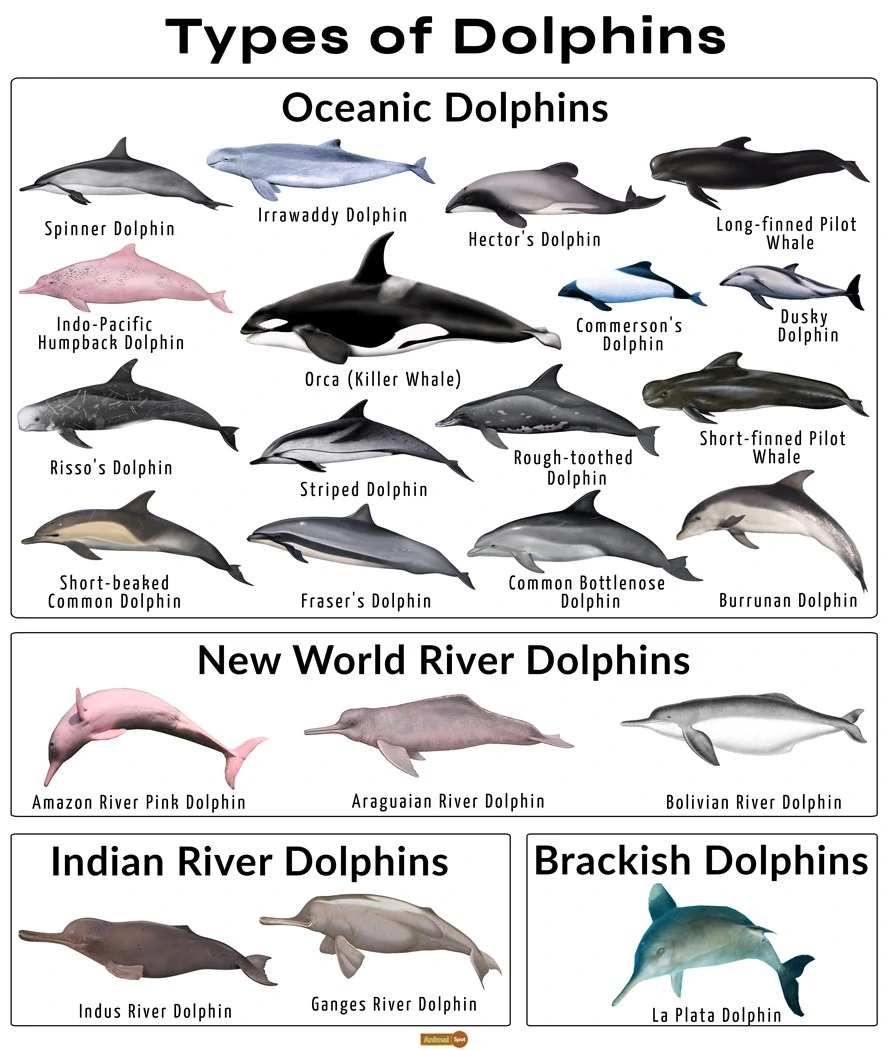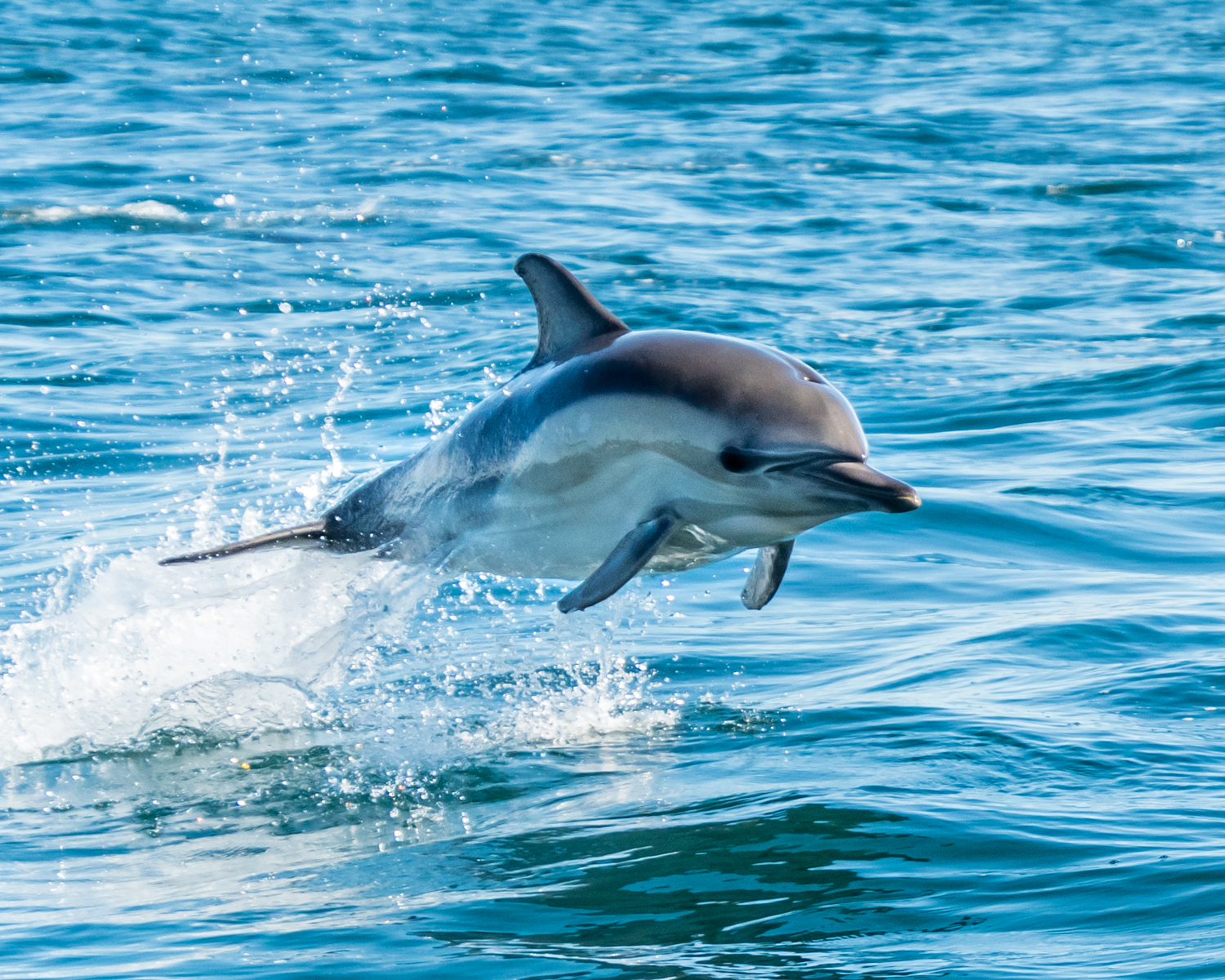Just How Dolphin Facts Showcase Their Importance to Marine Biodiversity
Just How Dolphin Facts Showcase Their Importance to Marine Biodiversity
Blog Article
Unveiling Dolphin Facts: Nature's Intelligent Marine Mammals
Dolphins, often considered as among the sea's most smart occupants, display a remarkable variety of actions and social frameworks that necessitate closer evaluation. With over 40 distinct varieties, these aquatic mammals not only demonstrate exceptional interaction abilities and complex social communications but additionally have innovative cognitive abilities that test our understanding of non-human knowledge. Dolphin Facts. As we explore the nuances of their lives, one should take into consideration just how these characteristics influence their interactions with human beings and the pressing importance of conservation. What implications do these insights hold for our partnership with these amazing animals?
Dolphin Types Variety
Dolphins are a varied team of marine creatures coming from the family members Delphinidae, which incorporates over 40 distinctive varieties. This household consists of popular species such as the typical bottlenose dolphin (Tursiops truncatus), the orca or killer whale (Orcinus orca), and the risso's dolphin (Grampus griseus) Each varieties shows one-of-a-kind physical features, actions, and adaptations that enable them to thrive in numerous marine settings.
Dolphin varieties differ dramatically in size, ranging from the little Maui's dolphin (Cephalorhynchus hectori) at about 1.2 meters to the whale, which can get to sizes of approximately 9 meters. Their pigmentation likewise varies, with some varieties presenting striking patterns that aid with camouflage or social signaling. In addition, dolphins occupy varied habitats, from seaside regions and estuaries to the open sea, showcasing their flexibility.
Research study into dolphin types variety highlights the eco-friendly importance of these creatures, as they play crucial functions in marine environments. Comprehending the various types is important for conservation efforts, as numerous deal with risks from habitat climate, loss, and contamination adjustment, requiring targeted security steps to ensure their survival.
Social Frameworks and Actions
The intricacy of dolphin varieties is mirrored in their elaborate social structures and actions. Dolphins are recognized for their extremely social nature, typically forming teams called sheaths, which can range from a few people to over a hundred. These shells are usually made up of family participants, showcasing a matrilineal structure where women play a main role in nurturing and preserving social bonds offspring.

In addition, some varieties of dolphins, such as whales, show facility social actions that can consist of sub-pods or clans with distinctive cultural techniques. These social frameworks are critical for the survival and wellness of dolphin populations, as they promote interaction, collaboration, and the transmission of understanding across generations. Recognizing these social dynamics is essential for preservation initiatives and the security of their all-natural habitats.
Interaction Methods
Amongst the different techniques of interaction, dolphins utilize an advanced array of interaction techniques that assist in social cohesion and coordination within their vessels. These techniques include articulations, body movement, and echolocation, each offering distinct features in their social interactions.
Dolphins produce a large range of clicks, whistles, and pulsed noises, which offer as their primary singing communication. Each dolphin has an unique trademark whistle, similar to a name, that allows people to identify each other even in huge teams. These vocalizations can communicate different messages, such as notifying others to threat or collaborating team motions throughout hunting.
In addition to articulations, body language plays an essential duty in dolphin communication. Dolphin stances, such as leaping, rotating, and even refined shifts in alignment, convey moods and intentions. Aggressive screens may prevent competitors, while playful habits can enhance social bonds - Dolphin Facts.
Echolocation, a biological sonar system, further aids in navigation and searching. By discharging sound waves and translating the returning echoes, dolphins can locate victim and barriers efficiently, demonstrating their amazing adaptability in complex marine environments. Jointly, these interaction strategies underscore the elaborate social lives of dolphins, highlighting their knowledge in browsing their undersea world.

Intelligence and Problem Addressing
Acknowledged for their sophisticated interaction skills, dolphins likewise display amazing intelligence and analytic capabilities that even more enhance their social communications. Their cognitive abilities are evidenced by their capacity to find out complex tasks, comprehend abstract principles, and adjust to various ecological difficulties. Research has actually shown that dolphins can address complex puzzles, showing not only their cognitive flexibility however also their ability for planning and foresight.
Dolphins typically involve in cooperative searching methods, showcasing their capacity to function as a cohesive system. This go to these guys teamwork requires sophisticated analytical abilities, as they need to assess their setting, recognize potential target, and collaborate their actions to attain a typical goal. In addition, dolphins have actually been observed utilizing devices, such as aquatic sponges, to shield their snouts while foraging on the sea floor, more exemplifying their cutting-edge problem-solving capabilities.

Human-Dolphin Interactions
Human-dolphin communications have actually mesmerized fanatics and researchers alike, highlighting the complex connection between these intelligent aquatic animals and people. From ancient times, dolphins have actually been depicted in art and mythology, signifying consistency and intelligence (Dolphin Facts). Modern communications range from clinical research and preservation initiatives to recreational activities like dolphin enjoying and swimming with dolphins
Research study has shown that dolphins possess progressed social structures and interaction skills, which promote their interactions with people. These experiences commonly cultivate emotional links, with several individuals reporting feelings of pleasure and compassion throughout such experiences. Nonetheless, it is important to approach these interactions with care, as human tasks can interrupt dolphin actions and habitats.
Conservation campaigns significantly focus on promoting accountable interactions, making sure that human interest does not compromise dolphin welfare. Education programs intend to raise awareness about the environmental importance of dolphins, highlighting the need for lasting methods.
Final Thought
In recap, dolphins exhibit remarkable intelligence and flexibility within diverse marine settings. Proceeded research and recognition are essential for promoting a much deeper understanding of dolphins and promoting their well-being in a significantly threatened community.
Dolphin varieties differ considerably in dimension, ranging from the small Maui's dolphin (Cephalorhynchus hectori) at approximately 1.2 meters to the orca, which can reach sizes of up to 9 meters. Dolphins display a selection his explanation of social communications, consisting of grooming and physical get in touch with, which offer to reinforce partnerships and establish pecking orders.
Acknowledged for their advanced interaction abilities, dolphins also exhibit amazing knowledge and problem-solving capacities that further enhance their social communications. Modern communications vary from clinical study and preservation initiatives to entertainment tasks like dolphin seeing and swimming with dolphins.
Research study has demonstrated that dolphins possess advanced social frameworks and interaction abilities, which promote their interactions with humans.
Report this page